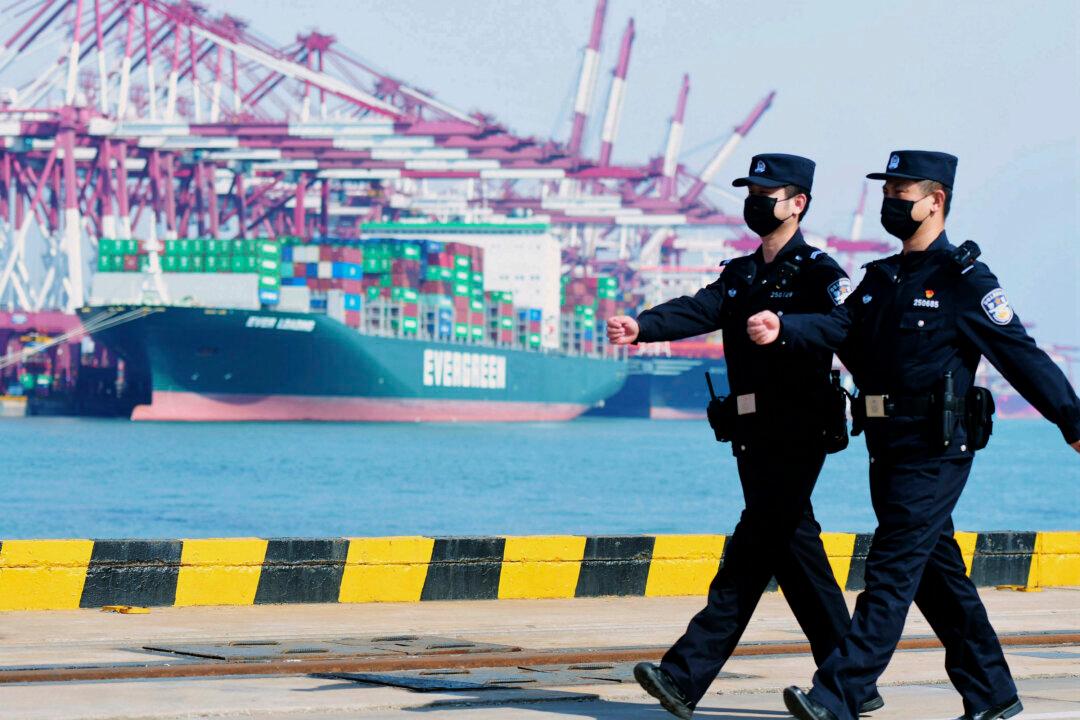Commentary
The story of trade in our world is an ongoing fable of successes and failures, even as the setups to facilitate it are usually invariably designed to bring happily prosperous outcomes.

The story of trade in our world is an ongoing fable of successes and failures, even as the setups to facilitate it are usually invariably designed to bring happily prosperous outcomes.